Medical Fitouts Function vs Design
What comes first in your medical fit out? Functionality or Design.
Designing, project managing and fitting out your medical practice, you must read what our experts say!
You’re a medical professional, and you’re looking to create a large-scale commercial fit out for your multifaceted medical practice. Your medical fit out must:
- Function smoothly
- Incorporate numerous private treatment rooms
- Provide ample waiting areas
- House large bulky specialist equipment
- Don’t forget you need a comfortable, practical, yet welcoming reception area for your patients to wait
You are left with the age-old commercial design dilemma, faced by medical professionals across Australia and New Zealand.
“How do I design my floor plan to maximise the space, incorporate all my services, but allow me to create a welcoming medical practice where my patients feel comfortable too. And yes, don’t forget I want the design to incorporate my brand, add a splash of luxury, and infuse my unique personal style?”
Today’s medical practices must work on several levels. Does style and design take precedence over clinical functionality?
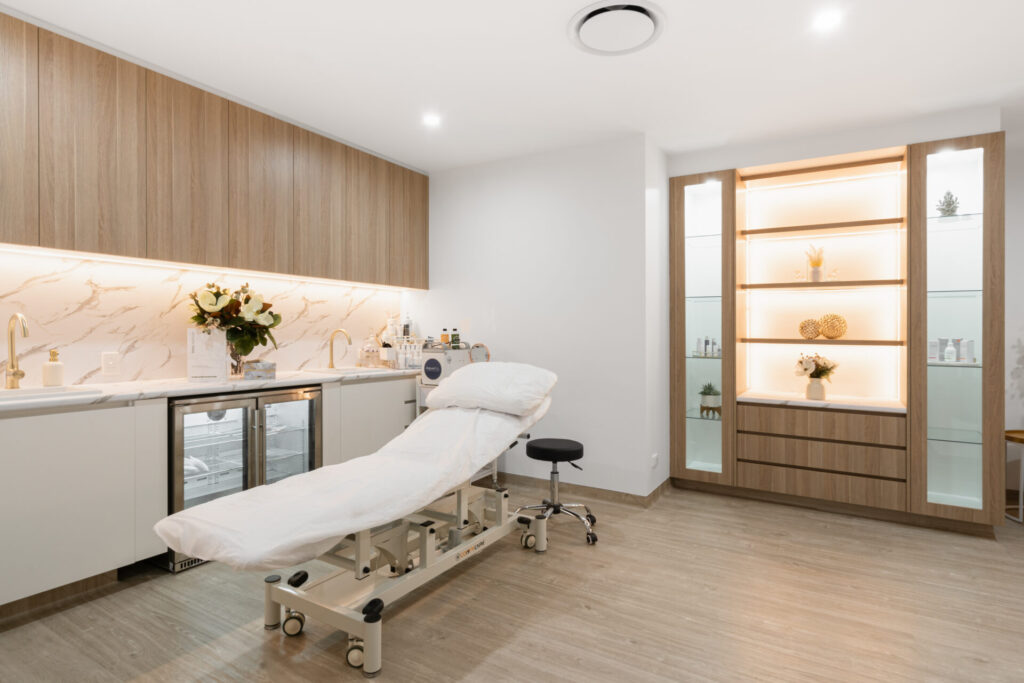
Stylish design before function
On one hand, if modern design, high-end finishes, and fashionable accents take precedence over functional design the commercial medical fit out fails to meet the basic needs of your patients. Yes, the space looks luxurious and feels calm, but do your patients have:
- Clear signage
- A practical waiting area
- Sufficiently sized treatment rooms (with the correct medical equipment)
- Sound-proofed nooks (to talk candidly to their health professional)
If the answer is no, then the commercial fit out design fails.
The stylish medical fit out may tick all the aesthetic boxes but are you looking after the medical needs of your patients. Have you fully considered how patients spend time in your practice? Are there enough waiting spaces, can people move discretely and efficiently through the different areas.
When style comes before function you have to consider whether your patients’ medical needs are been addressed adequately. Are you able to treat them effectively with respect and privacy and do you have the right level of equipment to offer good services in a timely manner. The space may look, smell and feel great but if you aren’t focused on patient health and treatment, they may not return to your healing business in the future. They will find a superior medical experience which offer both experience and functionality.
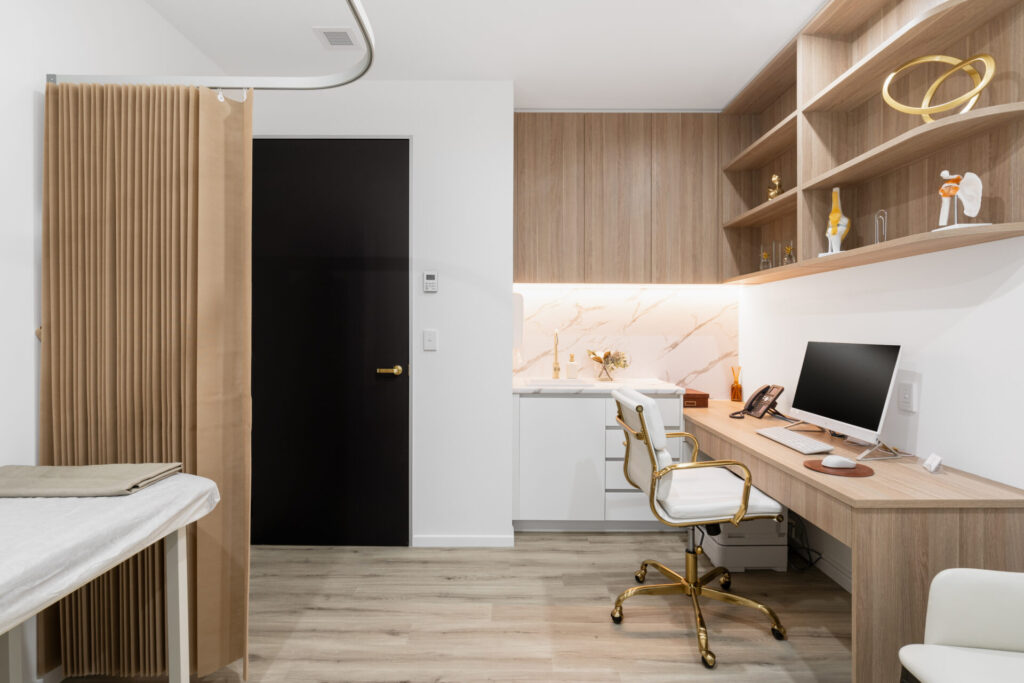
Functional design before aesthetics
On the other hand, if function and practicality are the main drivers of design then ambience, atmosphere, and experience can be sacrificed. Your medical fit out can feel clinical, cold, bland and unwelcoming. Your valued patients can feel anxious and they won’t enjoy the atmosphere or feel comfortable during their experience. Plus, the clinical feel of your medical fit out might not reflect your business brand, personality, and warmth. Your nurturing brand isn’t showcased, and your customers may look for a more healing, natural space to meet their needs.
So, what’s the answer?
Is style and design most important, or does function always comes first when building your medical fit out?
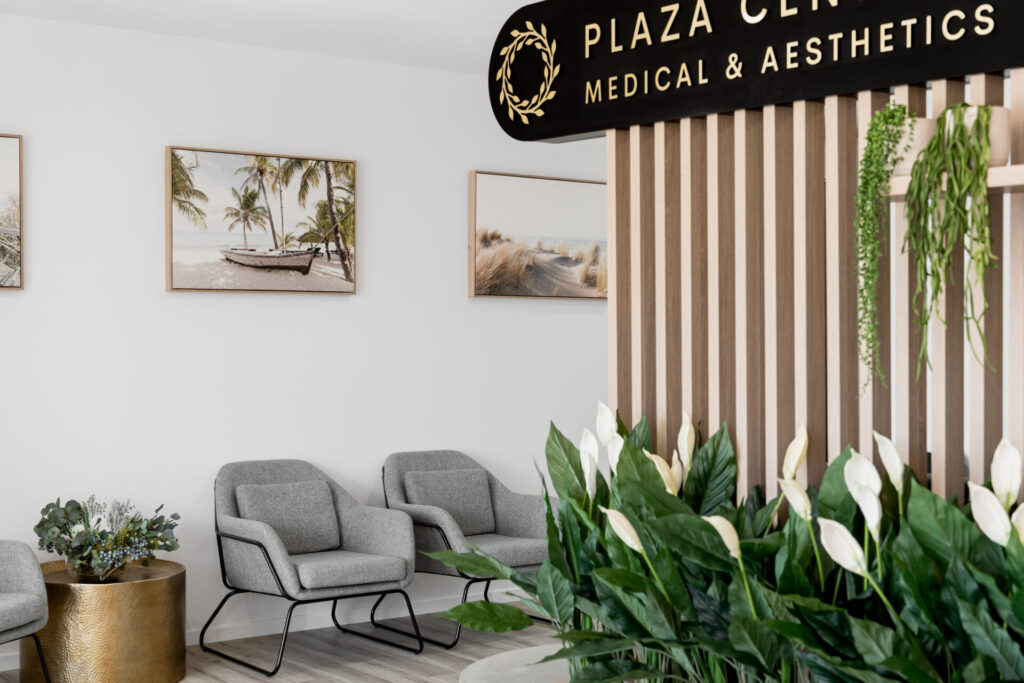
Mark Nashaty, Director of Total Fitouts Sunshine Coast North says, “The key to delivering an inviting yet functional medical fit out is to firstly determine the essential areas required for the practice to operate. Be specific and realistic from the start and determine the precise number and function of each space. For example, most medical practices require an entrance, reception and waiting room as standard. These spaces are the introduction to the medical practice and need do function in a practical way.”
“Then it’s a detail game; I like to determine the number and size of treatment rooms that the client requires and ascertain the functional requirements of each room. I ask questions like:
- Is there a need for large, cumbersome, medical machinery?
- Does an examination bed, desk and consultation chair suffice?
- How many staff and what tasks do they perform each day?
The devil is in the detail they say, and it’s true. There’s little point creating 5 small treatment rooms for 10 consultants who each require exam beds and huge medical equipment to perform their job.”
Mark continues, “Next I like to paint a picture of how the work environment functions. Is private soundproofing essential or could interconnecting, multifunctional treatment rooms, with sliding doors work?”
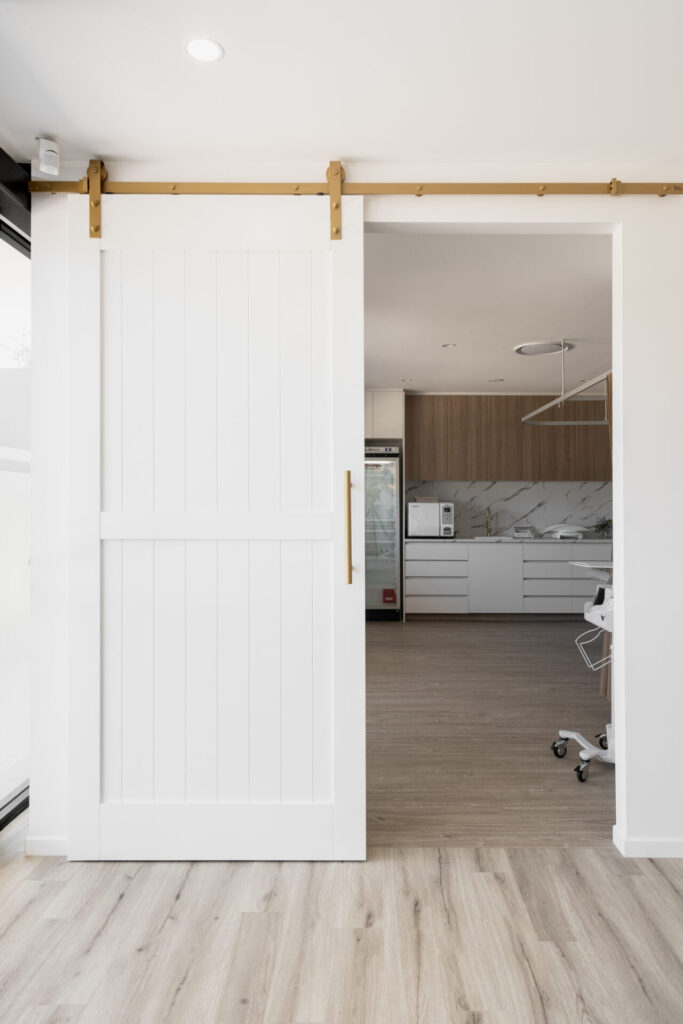
“Mapping out logistics and people traffic really helps to create a picture of functionality and flow within the medical fitout space.”
“I walk my clients through logistics and people flow. How do patients interact and behave in the different spaces:
- Do they move between treatment rooms?
- Do they need to wait in different places between services?
- Do these places need to be private, or do patients require entertainment like music, magazines, wifi, TV whilst they wait?
- What about refreshments?”
Starting with the functional and practical aspect of the medical fit out is the most important element to creating the right balance between function and experience. Once the practical elements of the project are determined then consideration can be given to the style, ambience, atmosphere, and finish of the medical practice.
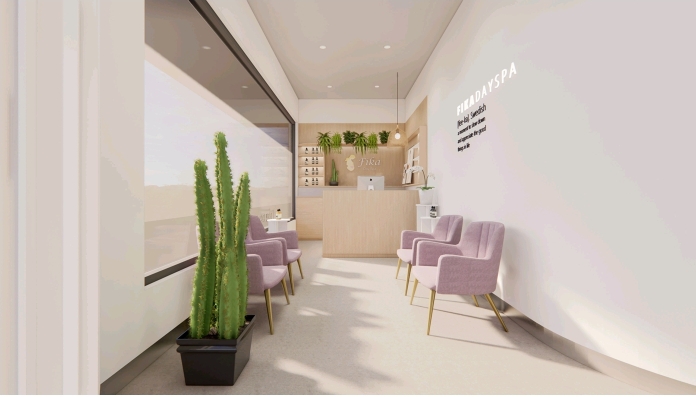
Mark says, “Once the client’s design requirements are determined I work with them to understand and interpret their vision, personality, and brand. I ask them to do their research, spend time looking online at great resources like Pinterest and style magazines to create physical interior design mood boards. Asking clients to be specific about the style and feel of their fit out and the patient experience they desire to create helps myself and my design team to select finishes, accents, colour palettes, fixtures and fittings to suit their vision.”
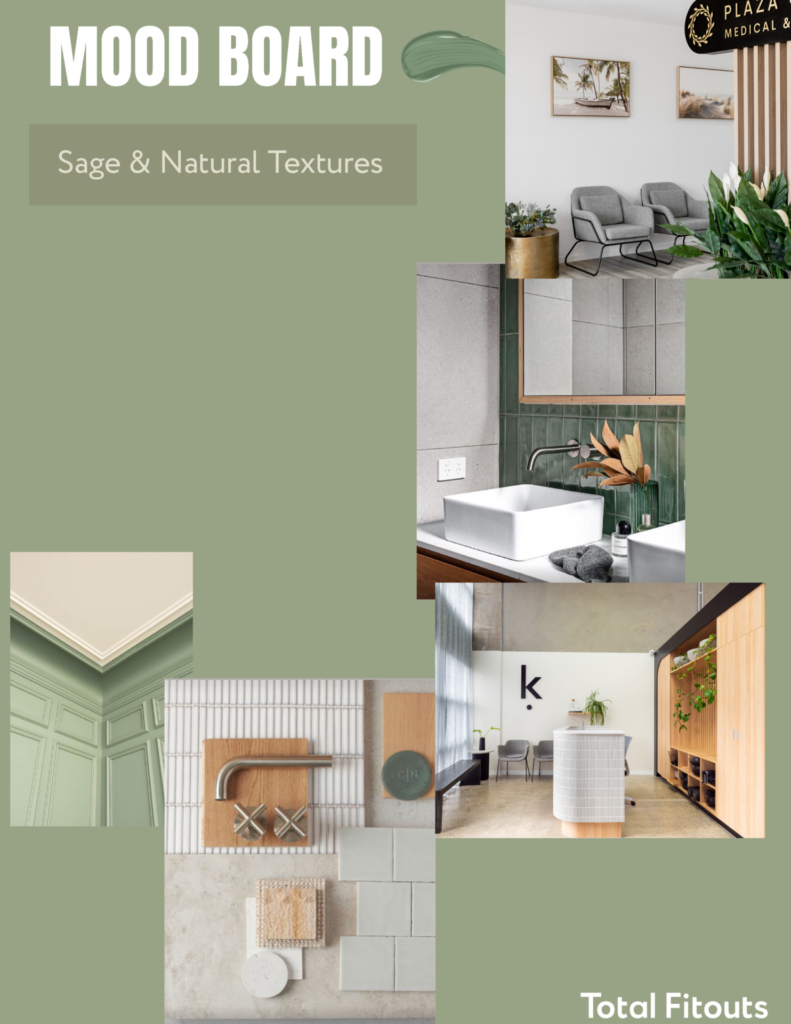
Total Fitouts talented teams of local designers create high quality rendered 3D images to showcase the look, feel and style of the fit out to clients.
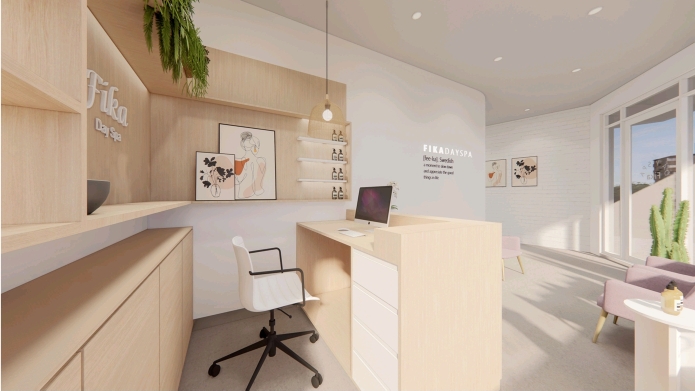
Mark says, “During the design stage every element of the medical fit out needs consideration. We cover all aspects from mood lighting, acoustics, sound systems, screening and plants to signage, furniture, flooring, tiles, pendants, mirrors and benchtops. And I’ve not even mentioned joinery, carpentry, and bespoke upholstered seating; or computers, printers, wifi, communications, IT requirements and the essential back of house facilities (like toilets, kitchen and storage).”
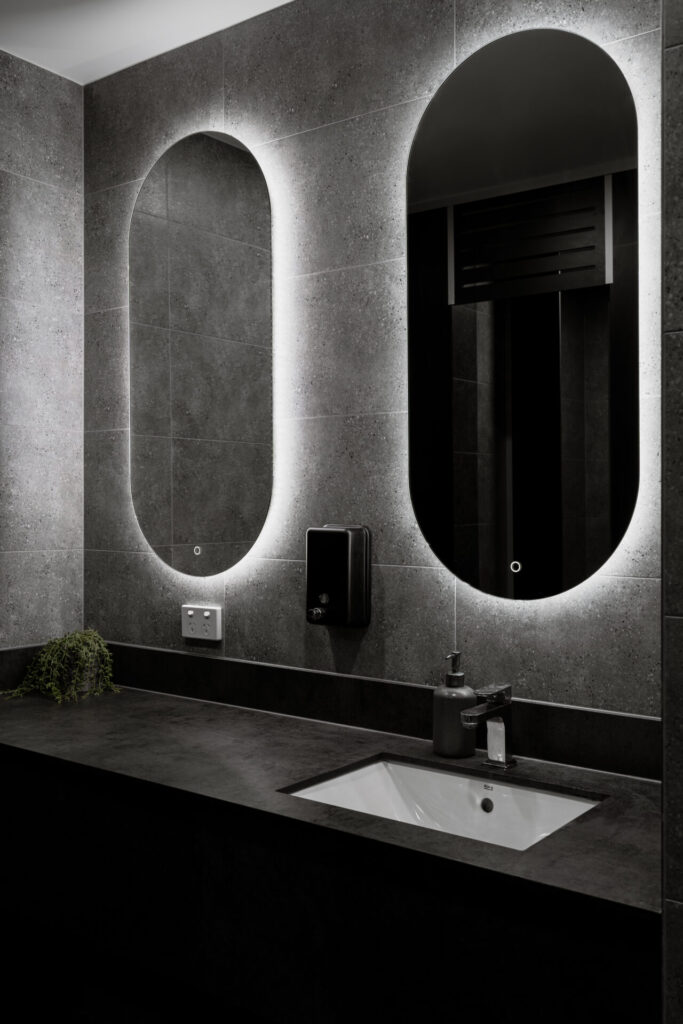
“Setting the scene and creating a welcoming atmosphere is one of the most important design elements to get right. If patients feel welcome, can see clearly where the reception desk is located, and they have a beautiful, comfortable, space to wait, this sets the tone for a positive, anxiety free, guest experience.”
So what comes first – function or design?
So, does function beat style and design when creating your medical fit out? We’ve established that functionality, design, style and customer experience are all important elements when designing your medical practice. In fact, Total Fitouts believe they are intricately intertwined. If you start with functionality and practicality then incorporate personality, brand and atmosphere you will end up with the medical fitout you and your patients’ desire. Check out some of our beautiful and functional medical fit out projects.
Yes, the fitout process can be daunting when you are starting your medical fitout journey, however engaging expert designers and fitout professionals helps guarantee a smooth experience and the quality, patient focused fitout your desire.
Want more? Watch one of Mark’s happy customers Radhika from Plaza Central Medical + Aesthetics explain in her own words how the team guided her through the journey and ‘delivered exactly what they wanted’.





